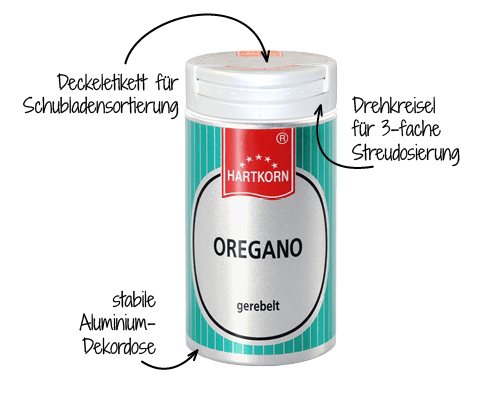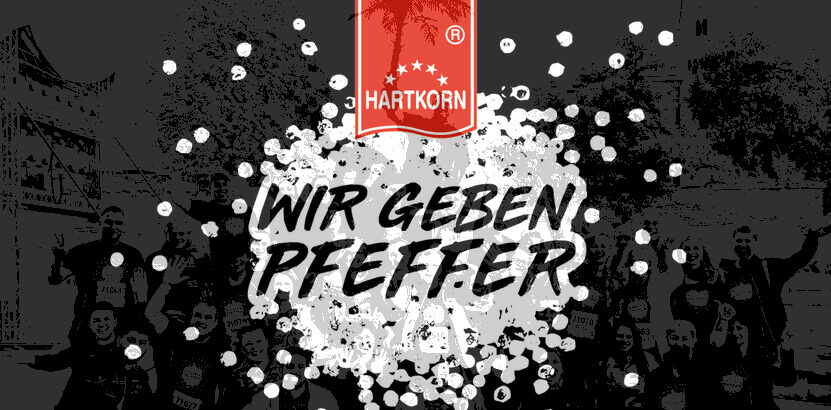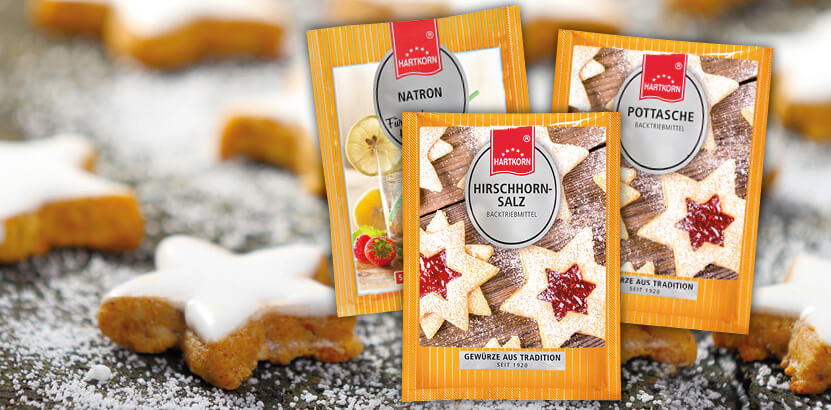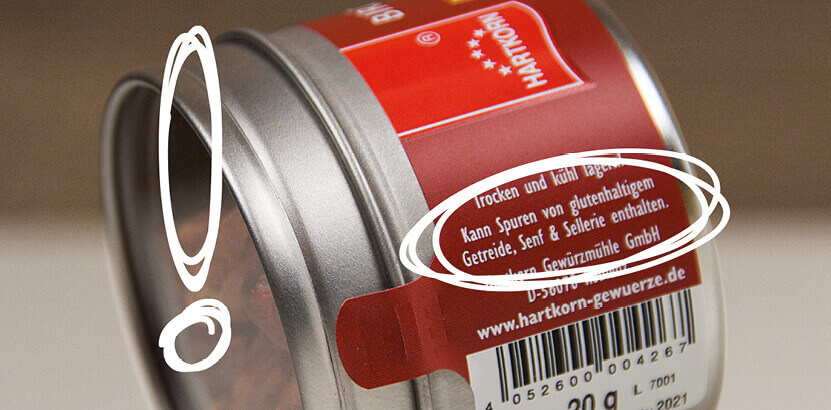Spice shakers in our range
The practical spice jar is clearly the classic in our range. It is made of high-quality aluminum and combines good packaging properties with practical handling. The different and creative colors and the lid label make it easy to differentiate between the different spices, whether in the cupboard or the drawer.
When it comes to the word aluminum, some may think of negative headlines. In recent years, in particular, the metal has been increasingly discredited because it is said to be linked to breast cancer and Alzheimer’s disease. But how harmful is aluminum to packaging? And why do we choose aluminum for our spice jar despite the suspected toxicity?
Aluminum is a silvery-white light metal that naturally occurs in mineral form as a rock on earth. In this context, ceramics should be mentioned above all. Clay consists of aluminum to a considerable extent. It also gets z. B. through industrial processes in the environment. It is absorbed into the body through food. However, it has no nutritional significance, but is used as an antacid for neutralizing gastric acid e.g. prescribed for heartburn. It has many properties that make it the perfect packaging material. Above all, its absolute barrier effect against quality-reducing influences such as light, UV rays, oxygen, moisture, microorganisms and foreign aromas. This is a very helpful property, especially with spices, since their sensory properties are changed by external influences. Spices can lose their aroma, taste and color in contact with light and oxygen. Aluminum ensures that the durability and quality of the spices are better preserved.
Aluminum can be found in every household. The well-known aluminum foil in particular is used almost every day to package vegetables and other foods. Under the influence of salt and acid, however, there is a risk that the aluminum ions will pass on to the food. However, this requires moist conditions so that ions can migrate, which is not the case with us.
To clarify other important questions, we once again brought Bernd Grajewski from Quality Management on board.
How much aluminum can be safely taken in through food?
According to the European Food Safety Authority, the tolerable weekly intake (TWI) is 1 mg per kilogram of body weight. One speaks here of a concentration of 1 ppm = 1 part to 1,000,000 parts. A comparison should clarify the small amount. An outdoor swimming pool usually has the following dimensions
50 m long, 2 m deep, approx. 10 m wide = 1,000 cbm 1 cbm = 1,000 kg
If you now dissolve 1 packet of sugar with 1 kg content in this basin, this corresponds to 1 ppm.
What are the consequences of aluminum intake for health?
This question is controversial. Scientific results that allow a concrete assessment are still pending. It is not listed in the contaminants regulation, there is no binding limit value.
How environmentally friendly is aluminum?
Aluminum is fully recyclable. The light metal can easily be melted down and reused. Only the extraction of aluminum is very energy intensive. Even with minimal use of materials, aluminum has a high dimensional stability. The low weight of the metal ensures low energy consumption during transport. This material saving saves resources.
This means that all of you who were still worried about our aluminum spice jars can sit back and relax and refine your cooking creations with our colorful jars! We wish a good appetite!
Unser Shopping-Tipp:









